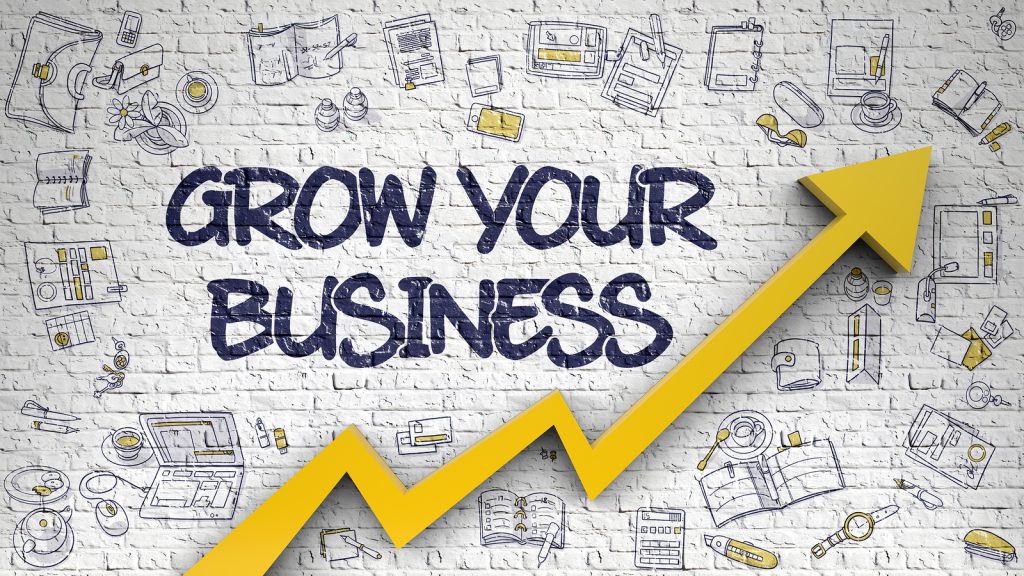Retirement Plans for Small Business Owners and Their Tax Implications
One of the less obvious responsibilities of being a small business owner is planning your own retirement. While salaried employees at big companies often contribute to a company-sponsored retirement plan, small business owners—particularly sole proprietors and owners of very small firms—don’t have that luxury.
Unfortunately, about a third of all small business owners don’t have a retirement plan, which means too many people avoid taking steps to secure their future.
There are a number of retirement plan options for small business owners. Some of these plans are best suited for owners themselves, while others are a good way for business owners to extend retirement benefits to current or future employees.
Here are four retirement plans that small business owners should consider sooner rather than later—because the sooner you start saving, the sooner you can retire:
Solo 401(k)
You’ve probably heard of a traditional 401(k): It’s a standard retirement plan sponsored by an employer. The solo 401(k) is nearly the same plan, except that it’s only for a single person—a business owner (and their spouse) with no full-time employees.
Solo 401(k)s, also known as Self-Employed 401(k)s, allow you to contribute as both the employer and employee. As a result, your yearly contribution limit (as of 2018) is $55,000, with additional “catch-up contributions” of $6,000 per year if you’re 50 years old or older. Plus, it has no maintenance or setup fees.
Additionally, if you do hire employees in the future, your solo 401(k) easily converts to a traditional 401(k). You can include an employee on a solo 401(k) plan only if that employee if your spouse.
Tax implications: Your Solo 401(k) can either be a “traditional” solo account or a Roth solo account. For traditional accounts, your contributions reduce your income in the year you make them, and therefore will be taxed as regular income. With Roth accounts, you won’t be given a tax break, but you’ll take distributions tax-free once you retire.
As a result of these perks, you can’t withdraw money from these accounts (without paying taxes and penalties) until you’re at least 59 ½ years old.
SEP IRA
A simplified employee pension individual retirement account, or SEP IRA, is another good choice for self-employed individuals or business owners with no employees. Once you start hiring other workers, a SEP IRA becomes much more expensive.
With a SEP IRA, you can contribute up to the lesser of $55,000 or 25% of your compensation (as of 2018). If you’re over 50, you can catch up with an additional $3,000 per year.
A SEP IRA is an investment account: The funds you put away are then used to pay for investments that your account provider offers—typically stocks, bonds, and mutual funds. Your financial situation, and your accountant, will help dictate how you should invest.
Keep in mind: You must make contributions to your employees’ accounts equal to what you contributed for yourself if they’ve worked for you three out of the last five years. This starts to get expensive rather quickly—especially if you want to save for yourself aggressively—which makes the SEP IRA best for solo entrepreneurs.
Tax implications: Just about all of your contributions are tax deductible to the business. As with most plans, withdrawals are subject to current federal income tax rates, as well as a penalty if you’re under 59 ½.
SIMPLE IRA
Whether you’re a sole proprietor or the head of a business with dozens of employees (but still less than 100), you might want a Savings Incentive Match Plans for Employees (SIMPLE) IRA.
As a sole prop or self-employed individual, the benefits of a SIMPLE IRA over a solo 401(k) are limited. You have a lower contribution limit (up to $13,000 a year in 2019, with an additional $3,000 per year if you’re over 50) and there are annual costs of $25 per participant or $350 for a plan. If you plan on hiring employees, however, this is a good plan to offer.
Tax implications: Again, early withdrawal is subject to a penalty. Otherwise, note that a SIMPLE IRA does not have a Roth provision, as a 401(k) does.
A traditional IRA or Roth IRA
The above three accounts are specifically for small business owners. You can also simply open a personal IRA or Roth IRA account. The contribution limits to these accounts are low, but you can pair them with SEP or SIMPLE IRA accounts for maximized savings.
Contribution limits to both traditional and Roth IRAs will rise to $6,000 in 2019. The biggest difference between these two options is how your tax break works.
Tax implications: Traditional IRAs are tax-deductible on tax returns the year you make the contribution. For Roth IRAs, there is no contribution tax break, but your earnings and withdrawals are tax-free.
***
If you don’t start planning for your own retirement as a small business owner, no one will. Now that you know your most reasonable options, get together with your accountant and figure out which path—or combination of paths—will lead you to financial security once it’s time to sell your business (which, for the record, should not be your only retirement plan) and, finally, relax.
About the Author:
Eric Goldschein is a staff writer at Fundera, a marketplace for small business financial solutions. He covers entrepreneurship, small business trends, finance, and marketing.



